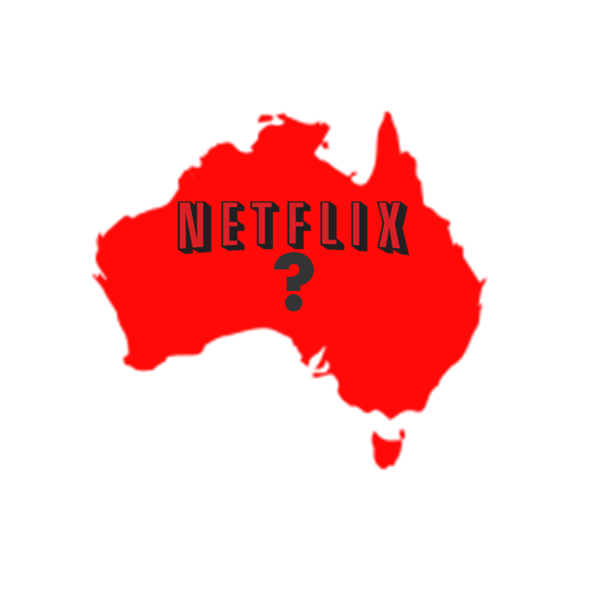
Aussies are avid consumers of online video, even if we don’t have many large local content providers. Here, aside from the 5 hours 21 minutes we each spend on YouTube, the biggest contributor to our video streaming habits is the ABC. We watch 2 hours 33 minutes of streamed content from the national broadcaster, a channel devoid of advertising, of course.
And that’s an oft-quoted issue for advertisers in this market – we’re lacking the video inventory. Consumers are watching online video, particularly those in their 30s and 40s, but, for many, the content just isn’t there.
That could all change, of course, if Australia sees a Hulu- or Netflix-style service introduced locally. Where content exists, we watch it. Take the music streaming service VEVO, for example. Three million Aussies watch an hour of it a month, pretty much on par with the behaviour in the US. But there’s nothing here to compare with the domination Netflix has in the US , where it’s said to account for a third of all peak time Internet traffic.
Late last year, there was some talk that Netflix might make it to these shores. It could happen. They’ve enjoyed faster than expected growth in Europe and they know there’s a hunger for content here. It’s demonstrated by our adoption of video piracy – on a per capita basis we outshone everybody when it came to illegal downloads of Games of Thrones, for example, with Torrent Freak claiming we accounted for 10 percent of the world’s downloads.
Piracy is not good news for content providers, or for advertisers. Nobody wants to see their ad as the pre-roll on a pirated movie. It should be sending a signal to content providers, though, that we want more video. Netflix has seen somewhere between 50 and 200 thousand Australian’s using VPNs to dodge the geographic block on the service.
Foxtel, perhaps pre-empting a Netflix invasion, launched Presto – $20 per month for movie downloads with no lock-in contract. It offers more options for the tablet and desktop computer viewer. Not for the TV, though, which is still our preferred device – it’s bigger and the sofa is very comfy.
Services like Netflix and Presto might go some way to meeting the consumer’s appetite, but they don’t accept advertising. Not a big help for the advertising industry. But perhaps ad-supported subscriptions could help to meet the right price point locally, or a mix of free and paid-for content. Hulu serves ads to its non-paying customers and it’s a model that could, perhaps, become more prevalent. It’s an approach that works for music subscriptions.
Australia faces a bigger issue than lack of inventory, though. There’s also a lack of people. I know, hard to imagine as you queue across the Harbour Bridge or along the West Gate Freeway.
We have just 7 million online viewers. It’s a large chunk of the population, but not a big enough number to analyse with third party data pools. Overseas the race is on to attach acquired data records to online behaviour so campaigns can be focused on specific niche audiences. In our case the problem is such planning, where the data exists to target very accurate audiences, results in very small segments. When you combine small segments with a smaller supply of online video content, targeting just a few thousand people in video is difficult and is challenging to build a whole campaign around.
Of course, niche audiences will build as the online video audience grows, but the growth will come from usage more than from penetration. The average online viewer in Australia streams 8 hours of content. In the US the average is more than 12 hours, with almost half now watched on mobile devices. If we added 50 percent to our viewing time then it will become more viable to target campaigns more specifically, using third party plug-in data.
But to go from 8 to 12 hours requires two things to happen. Content providers have got to realise the opportunity in the market. We need a Netflix. We probably also need faster broadband. Australia consistently ranks close to the bottom of the OECD league table of Internet speeds making streaming problematic for some, particularly those craving HD on their smart TVs. That issue is being addressed with the NBN, of course.
On the positive side, we’re avid mobile users and there’s little doubt that smartphones are the big opportunity for online advertisers. Aussie consumers enjoy some of the fastest mobile broadband speeds in the world and mobile devices provide the opportunity for a more personal experience, with customised creatives and hyper local targeting.
Personally, I think the video explosion is about to happen. The major content providers will see Australia as a market worth developing as our broadband speeds increase and more people move to 4G mobile. You can already see the behaviour change. People are watching video on their commute in the morning. More videos are being shared through social media. The walls blocking consumption are coming down – the only real obstacle is content. We need a heck of a lot more of it, legally.